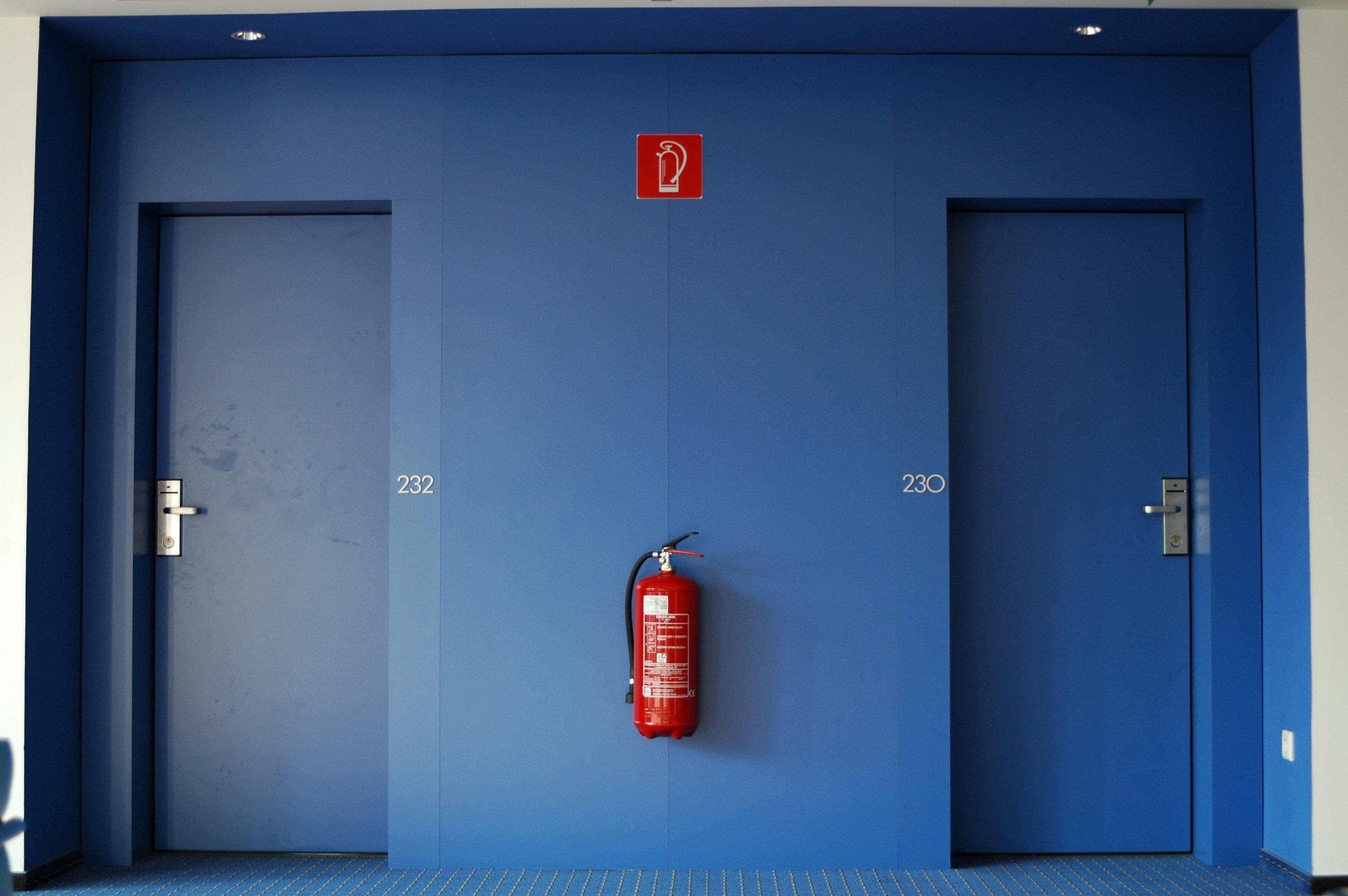Index
Receive our newsletter
The safety of a property doesn’t depend solely on its location or who occupies it but also on prevention and maintenance. Every home, whether residential or rented, requires periodic evaluations to ensure it meets essential safety standards. For that reason, conducting a property risk audit helps identify vulnerabilities, correct issues, and anticipate potential emergencies.
What is a property risk audit?
A property risk audit is a procedure that assesses the safety level of a home or building by examining elements that may pose risks to people or the structure itself. Its purpose is twofold: to minimize incidents and provide peace of mind to both owners and occupants.
The process includes inspecting access systems, smoke and gas detectors, fire extinguishers, and emergency response protocols. It’s especially advisable when purchasing a new property, changing tenants, or if several years have passed since the last review.
Locks and access points: the first line of defense
Doors and windows are the primary barriers against theft and intrusion. They must be kept in optimal condition and equipped with modern locking systems. In most property risk audits, this is one of the first aspects examined.
High-security, anti-bumping, and electronic locks are among the safest options available. Smart models also allow remote control and enable quick code changes when needed. It’s also wise to inspect hinges, frames, and latches, as worn components can compromise the integrity of the entryway.
Replacing outdated locks with smart systems adds value to the property by combining protection with convenience, a particularly useful feature for rentals with self-check-in or short-term tenants.
Smoke, gas, and carbon monoxide detectors
Detectors are essential for preventing domestic accidents. Fires or gas leaks can occur unexpectedly, and having active systems in place makes the difference between early alert and serious damage.
During a property risk audit, both the placement and condition of each device are assessed. Smoke alarms should be installed in hallways and common areas, while gas and carbon monoxide detectors work best near kitchens or boiler rooms.
It’s also important to check manufacturing dates, battery life, and perform regular functionality tests. A properly maintained detector can save lives and prevent significant material losses.
Fire extinguishers and emergency equipment
Having an accessible and functional extinguisher is essential, it allows small fires to be contained before they spread. As part of the property risk audit, both the physical condition and expiration date of the equipment are verified.
There are several types of extinguishers: dry chemical (for solid, liquid, or gas fires), CO₂ (ideal for electrical sources), and foam (suited for flammable liquids). The right model depends on the property’s specific characteristics.
Owners should also stay informed about maintenance regulations, as extinguishers require both visual checks and technical inspections on a regular basis. This step is complemented by clear emergency signage and proper lighting in exit areas.
Emergency and evacuation plans
A well-structured emergency plan ensures a fast and coordinated response to critical situations. This part of the property risk audit involves developing an action protocol that defines exit routes, meeting points, and communication methods.
For rental units or coliving properties, it’s best to display this information clearly inside the building and provide a digital copy to tenants. Keeping a small first-aid kit, flashlights, and a list of emergency phone numbers is also highly recommended.
The plan should be reviewed annually and updated after any renovation, layout modification, or new electrical installation. In multi-story buildings, it’s advisable to coordinate measures with neighbors or building managers to ensure collective preparedness.
Benefits of performing regular audits
Periodic inspections offer numerous advantages. They reinforce safety, prevent property damage, and reduce liability. They also strengthen the owner’s reputation by demonstrating accountability and commitment to occupant well-being.
Keeping updated records of each property risk audit simplifies documentation management and helps meet insurance or legal requirements. In case of an incident, having prior reports can speed up claims and lower associated costs.
Moreover, consistent evaluations increase the property’s long-term value by showing ongoing care and readiness for unforeseen events.
Prevention means protection
Investing in safety is an investment in peace of mind. A property risk audit helps detect issues early before they evolve into costly or irreversible problems. Ultimately, building a strong culture of prevention safeguards not only the premises but also the people who live in or visit it.









